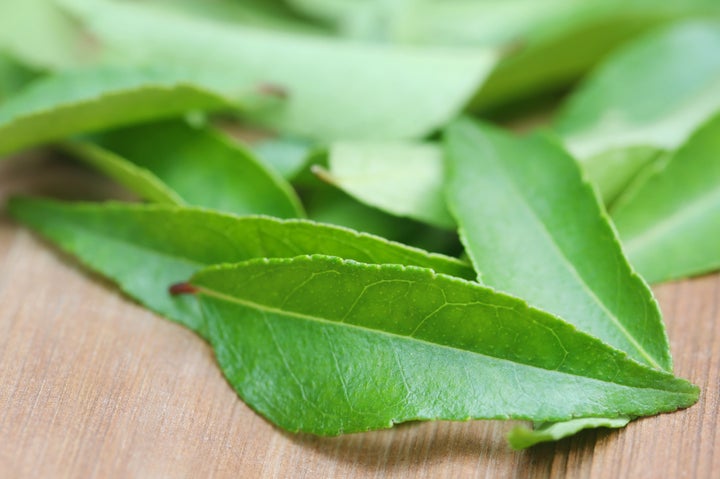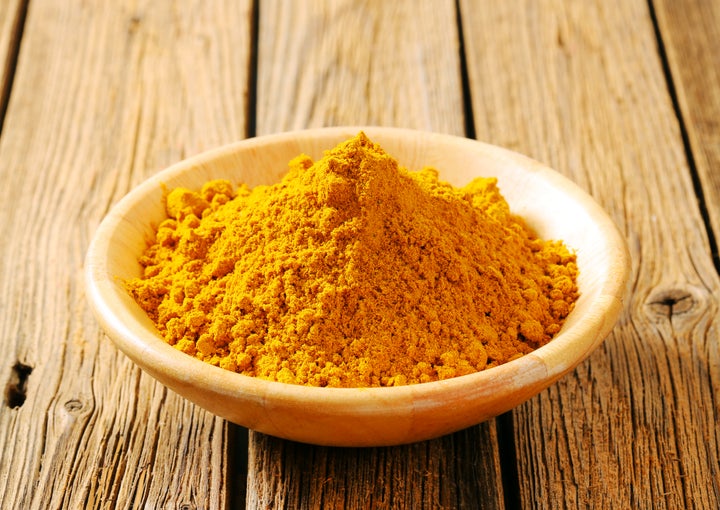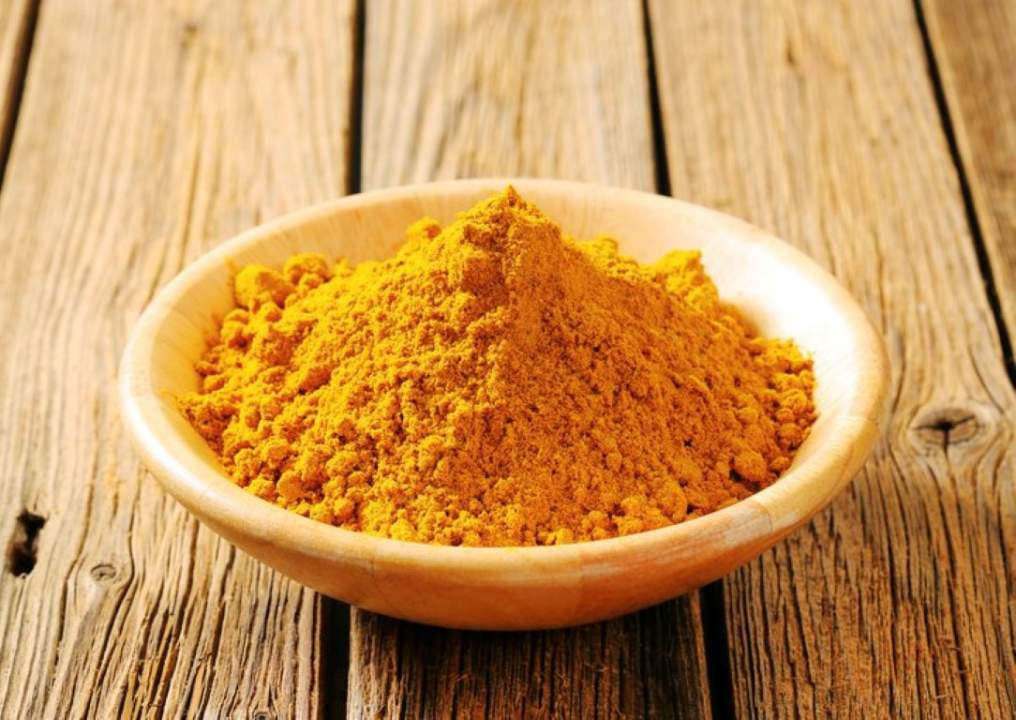We all know that feeling of childhood familiarity. In our province, a small southern island, “curry” always meant the bright yellow spice we used for our favorite chicken dish – Dinilawang Manok (Chicken Adobo in Coconut Milk). But guess what? Turns out, it’s actually luyang dilaw, or turmeric and not curry.
The world of curry can be confusing. There are curry leaves, curry powder, and then there are curries themselves – stews with a wide range of flavors.
So before you enjoy another bowl of Thai curry soup or use another teaspoon of curry powder, its time you know whats what when it comes to all things curry. We’re going to start with the basics: the leaves.
What are curry leaves?

The “Curry” Misconception
The term “curry” actually originated with the British, who encountered the diverse stews of South India during their colonial rule. They lumped these dishes together as “curries,” a word likely derived from the Tamil word “kari” meaning “sauce.” This term stuck, and now the world uses “curry” for a wide variety of spiced stews.
Curry leaves are an herb cultivated from the curry leaf tree (Murraya koenigii) and are largely used in South Indian cuisine. Curry leaves belong to the citrus fruit family. The leaves are glossy green and have a very powerful aroma. There’s a citrus quality to them, naturally, but also something else that’s both bitter and sweet. There are many ways to cook with curry leaves, but they are often used in a similar fashion to bay leaves though they’re often first fried in oil to release their flavor.
You can find curry leaves at Indian and Asian food markets. Fresh leaves can be stored in the freezer, too. And do not confuse the curry leaf tree with the curry plant. (The curry plant might make you think of curry, but it is in fact not edible.) Just know: once you start cooking with curry leaves, you’ll never look back.
Do not confuse them with curry powder, which is a mixture of ground spices that may or may not contain ground curry leaves. This leaves us with another question…
What is curry powder?

Curry powder can be a lot of different things. Actually, that’s exactly what it is: curry powder is a combination of a bunch of spices. A quick search for curry powder will result in pages of recipes for how to make your own. It can range from five ingredients to more than 10, and it can include spices such as cumin, coriander, turmeric, ginger, dry mustard, fenugreek and black pepper.
The idea of curry powder is a British one. (It resembles the North Indian spice mix garam masala, but it isn’t a spice mix most Indian cooks would recognize.) British manufacturers came up with curry powder in an attempt to create a ready-made flavor that could recreate the flavors of South India that British colonists came to love.
In fact, the term curry for Indian cooking is also British in origin they lumped all the savory, spiced Indian dishes into one category called curries. You can’t go to India and order a curry it just doesn’t exist. The British word curry was likely derived from the word Kari, which is the word for sauce in Tamil, a South Indian language.
So, what are curries?
Curries are what happened when the Brits invented the term and introduced it to the rest of the world. It was first used to refer to a meat or vegetable dish cooked in a spiced gravy and served with rice. As a result of trade this dish was introduced to the rest of the world and each country that adopted it made it their own.
In Japan, a curry is often a mild, sweet dish of meat, vegetables and gravy served with rice. In Thailand, curry has incorporated many of the nations regional ingredients such as fiery chiles and coconut milk and it is more soup-like. In Jamaica, they’re most famous for their goat curry that uses allspice and pimento. And in India, curries dont exist. (But if you were to order a Malai Kofta, Matar Paneer, or Dum Aloo, you’d get what you probably think of as a curry.)


Comments are closed.